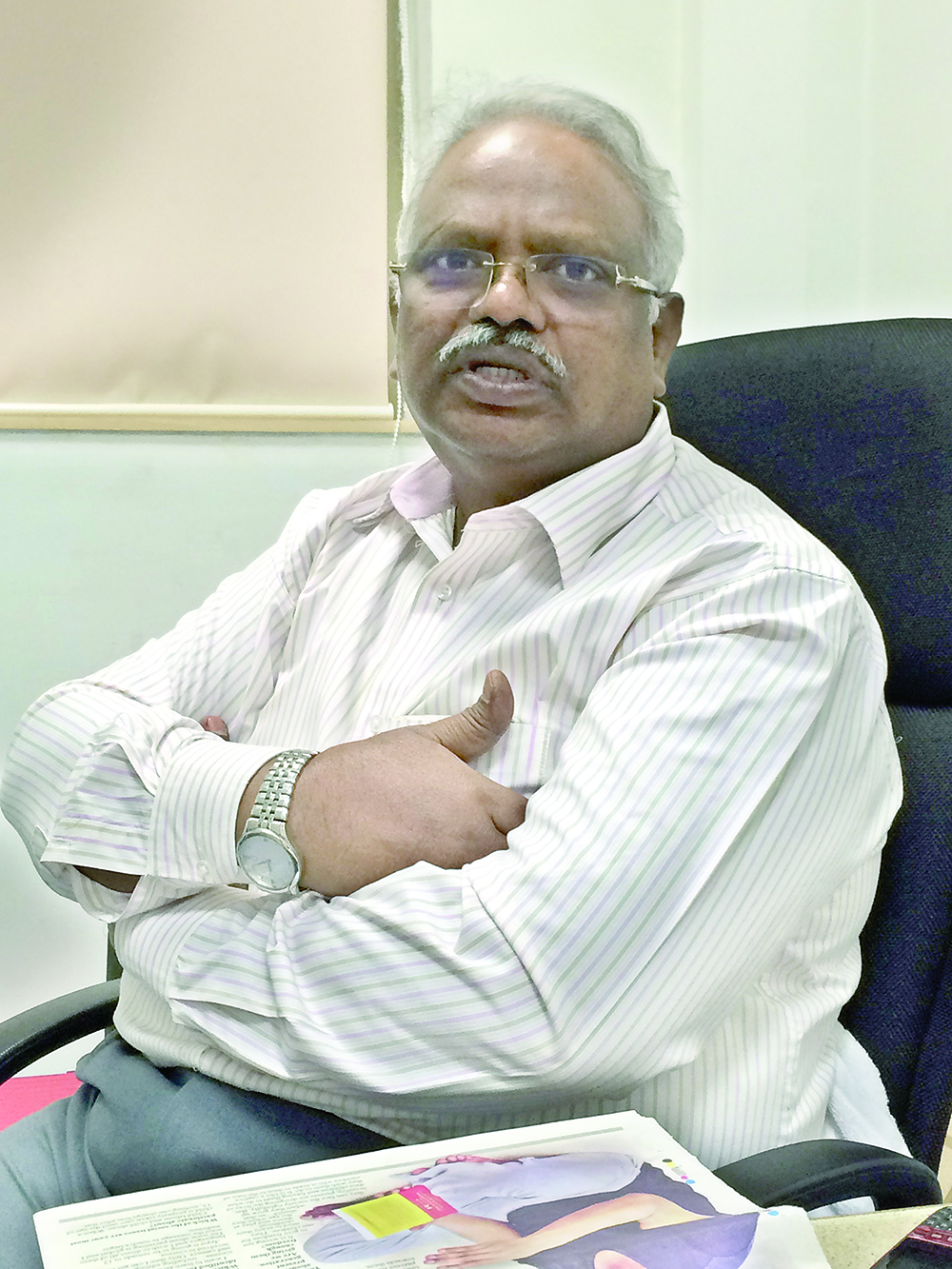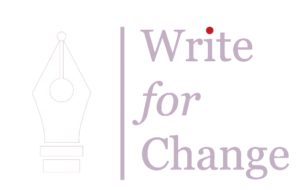“Health care services should become people’smovement to reduce human sufferings in India.”
Dr. P. Kuganathan shares with Marie Banu the need for systems in disaster management.

Dr P.Kuganantham is a practicing public health expert in India for the past 30 years. He has served as the Director of Communicable Diseases Hospital in Chennai, Consultant for UNICEF (United Nations International Children Emergency Fund), Centre for Disease Control (CDC, Atlanta India division), Project Director, Public Health Management Institute, Hyderabad and the City Health Officer of the Greater Chennai Metropolitan City.
He has led several disaster reliefs and rehabilitation programmes across India and is presently Head of the Department of Social Medicine & Infections Diseases at SIMS hospital, Chennai.
In an exclusive interview, Dr P.Kuganantham shares with Marie Banu the need for effective systems in disaster relief management.
Tell us about your experiences as a public health expert in the management of natural disasters
I have worked for the disaster relief programme in Gujarat, the tsunami programme and the recent floods in Chennai. Our system seems to remain unchanged even after 69 years of independence. The Government machinery reacts efficiently to such situations to tide over the emergencies instead of establishing a permanent system to prevent or to manage such situations. For instance, organising temporary corrective measures, food supply to the affected and alternate accommodation during disasters continue to be a major task every year.
The recent floods in Chennai are a clear example of unpreparedness and non-existence of effective systems in place. The 28 canals of Chennai city, which includes Koovam, Adyar, Buckingham canal and 8000 km length of storm water drains were all dysfunctional; they were clogged with silt with no outlets to drain. They were built with considerable funding from World Bank, but were not serving their true purpose. Hence the floods heavily affected the low lying places in Chennai, dislocating nearly 5 lakh families with several deaths. Proper planning of the city to cope with yearly rains and flooding was not done, which resulted in the disaster.
In the Gujarat earthquake, I was able to see the foreign medical teams, especially female doctors from Russia who were able to rescue children from the deep debris, while our Indian medical doctors were not accustomed to do that. Here, the question of disaster management training for Doctors in our medical schools arises. Disposal of large number of dead bodies with the discrimination of low caste and high caste by the military team of Gujarat was heart-breaking. I shed tears that day at the lack of humanity in the midst of such suffering. However, over the years, there has been a change in the mind-sets of our people. For the first time, the Chennai youth were involved in flood relief. Sex workers from Kolkata contributed more than 10 lakhs for the flood relief programme. This is laudable!
Chennai’s population exceeds over 1 crore, out of which one-third of people live in slums, who are vulnerable to all natural disasters by virtue of their living conditions. But, what is our agenda to ensure that these people have better living conditions? We are yet to develop a concrete plan for the provision of protected drinking water and rehabilitation of slum areas with spacious high raised buildings instead of removal of slums along with people to the outskirts of the city, where they do not have livelihood. I have always raised these issues in almost all my delegations at Smart City Health, NUHM Projects and the UNICEF,CDC meetings.
Can you tell us about the Amma Unavagam initiative?
The idea of Amma Unavagam was conceived by the health department after encountering a few women who were running food stalls on the road side. I had proposed to the government to start food canteens at affordable costs and employ those women, as it would ensure better health standards as well as secure employment for women. The proposal was well received by our Honorable Chief Minister and the allocation of rice, oil, dal and other provisions were provided at subsidized rates that was sanctioned by the Government.
Initially, there was a lot of criticism and when a team from Egypt and North India visited, they stated that this programme was not cost effective. I told that the Government of Tamil Nadu and the Hon’ble Chief Minister that they are committed in investing in our people rather than focusing on revenue. Cost effectiveness and benefit depends on people’s well-being. We now have reduced rates of mortality and malnutrition among the marginalised.
Can you tell us about the facilities available in our Government Hospital?
Government Hospitals serve large poor and the middle classs population in Tamil Nadu especially Chennai. 60 percent of the income earned by the poor people is spent for health care in private hospitals. We have an average of 8000 patients visiting the Government General Hospitals in Chennai, but there are no adequate doctors employed to take care of them in out-patient units.
There is no separate structure to provide basic health care services. Ideally, this should be provided by peripheral hospitals, but everyone visits GGH, which is a tertiary care hospital. We need to have more doctors and nurses to reduce the disparity between those seeking health care and those who are providing it.
The Government sector has been playing a great role to a large section of our population as their services are offered free of cost. Although the government has been providing good medical facilities, many choose to go to private hospitals.
When compared to other states, Tamil Nadu is in a much better position as our health structure was structured as early as 1950s. The Primary Health Centre (PHC) concept has been very efficient since then. I would always compliment leaders like Shri Periyar, Shri Kamaraj and the Chief Ministers for creating awareness on health issues.
What is the state of communicable and non-communicable diseases in our country?
I have played a big role in reducing communicable diseases in our State- especially cholera. Providing treatment alone is not sufficient; it is important to target the source by providing clean drinking water.
With regard to HIV, we have greatly increased awareness amongst our people, especially the pregnant women. While working for UNICEF as officer-in-charge for Prevention of Mother to Child Transfer of HIV Programme, we organised doctors and social workers to treat and counsel pregnant mothers. Within a decade, we observed a drop in rates of HIV among antenatal mothers from 0.75 to 0.25.
It is pertinent to say that non-communicable diseases are now on the increase. It is a paradigm shift! For instance, we have about 60000 to 70,000 deaths/year out of which 32 percent is due to heart diseases. I also understood that globalisation brought in international food courts, soft drinks, confectionaries, fast food and commercial oils. They are at the reachable rates to people from all walks of life, including people living in the slum areas.
Non-communicable diseases like hypertension, diabetes, PCOD among young women, Cancer colon, breast cancer are showing an increasing trend not only in the urban population but also in the rural areas. We need to provide services such as lifestyle management and sustainable treatment programmes to reduce increasing number of morbidity and mortality. Health care services should become a people’s movement to reduce human sufferings in India.

